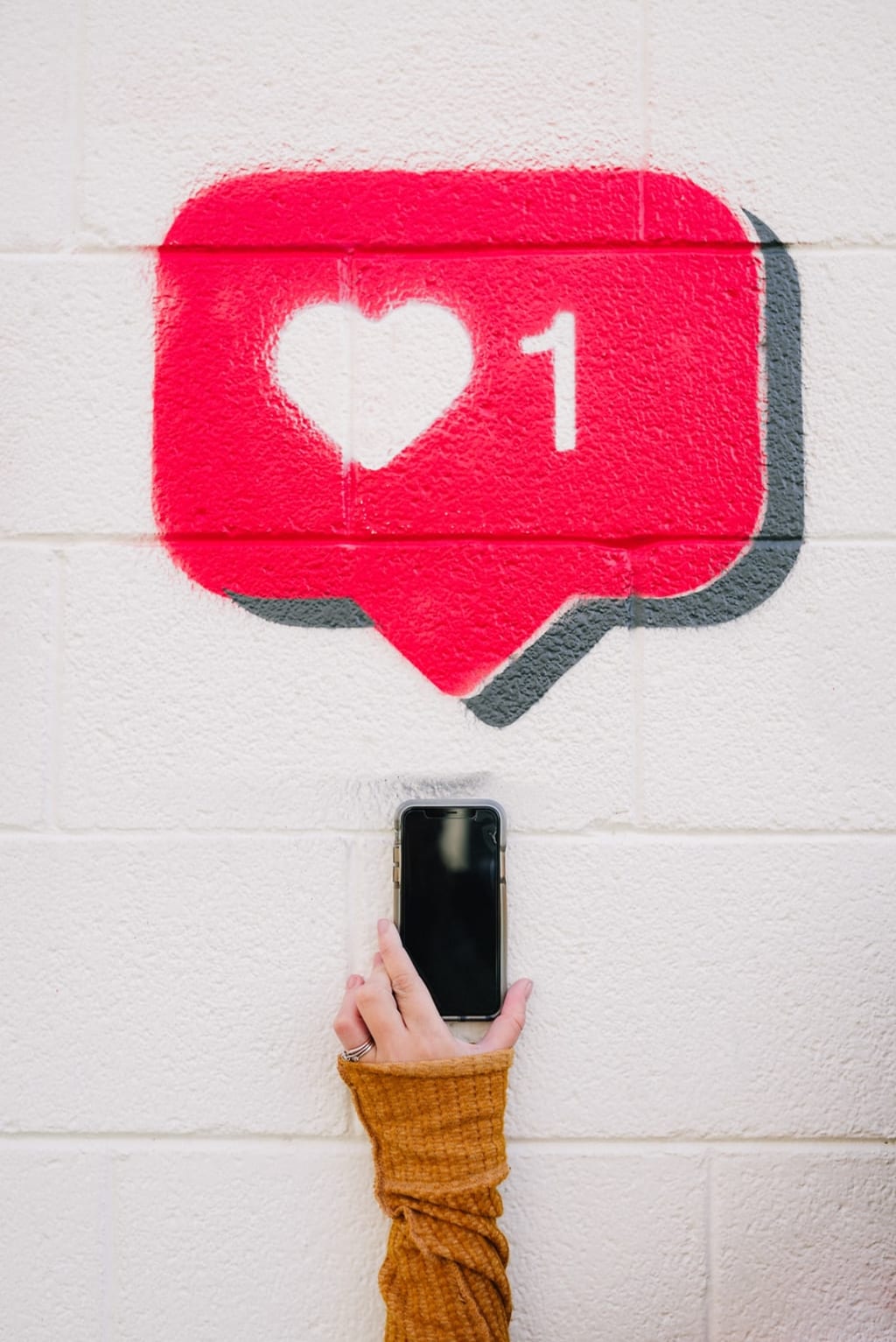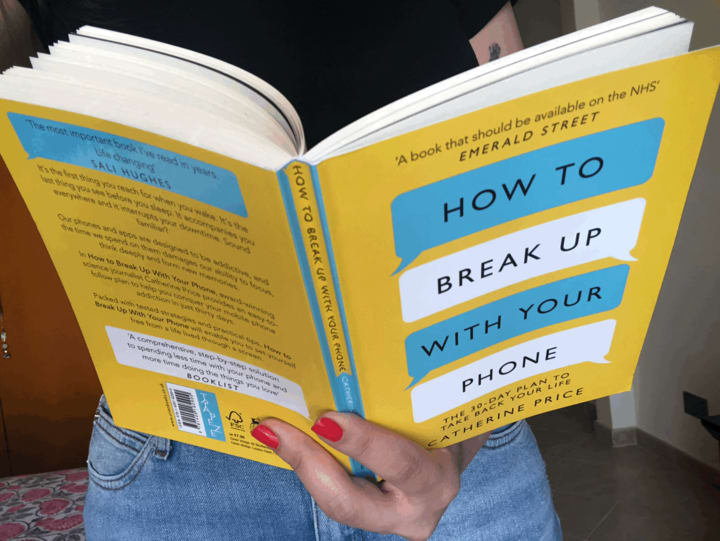Part 2: Why You Can’t Stop Looking at Your Phone and What to Do About It
Takeaways from Catherine Price's 'How to Break Up with Your Phone'

In my previous article, I discussed the role of dopamine in our constant need to check our phones. Often, designers manipulate our brain chemistry in relation to dopamine with the hopes of increasing the amount of time we spend on their apps. In this article, I will provide you with tips on how to try and overcome this, with insight from Catherine Price’s How to Break Up with Your Phone.
Health and science journalist Catherine Price teaches us how to create sustainable long-term relationships with our phones in her book How to Break Up with Your Phone. Price rightfully points out that for many of us our phones are the first thing we grab in the morning and the last thing we touch before going to bed. This book is not just about spending less time on your phone, but more about spending more time on your life.
In the first part of the book, Price explains how our phones and apps are designed to be addictive, often manipulating our biochemistry through a reward-cycle. Subsequently, she provides us with a practical step-by-step solution on how to break up and then makeup with our phones in the second half. This article focuses on the main takeaways from her insightful advice.
Due to the pandemic, a lot of our social interactions are increasingly taking place online. Technology has allowed us to be connected with people regardless of distance, which is a fantastic feat. Price recognises these positives, importantly, the goal of her book is not to get rid of your phone. It is about cultivating a relationship with your device that feels good for you and puts you back in control.
Main takeaways from ‘How to Break Up with Your Phone’:

1. Notice
The first step is to notice. It is important to notice when you reach for your phone. Do not feel angry or ashamed or try to fight the urge just yet. Simply pause and notice the craving, recognise the frequency and then realise the similarities between different moments when you reach for your phone.
Use this as an opportunity to assess your current relationship with your phone. Where are you now? Where would you like to be?
You can start by asking yourself a few questions. Do you find yourself spending more time on your phone than you realise? Do you tend to multitask with your phone in your hand? Do you lose track of time when you are using your phone?
Then question what you would like to get from limiting screen time. Having a specific goal in mind will help to make progress easier.
2. Catch Yourself
One great way to ‘catch yourself’ is a lock screen change. The lock screen is the first thing you see when you pick up your phone. For most people, their lock screen is an image of something they love or makes them happy. But this can strengthen the association between checking your phone and that feel-good factor.
Price suggests uses our lock screens as a “first line of defence” to combat mindless checking. You can use certain types of backgrounds in order to make it easier to catch yourself when you automatically reach for your phone. This will jolt you out of autopilot and make you ask yourself whether you truly want to be checking your phone at that given moment.
For instance, Price has created a lock screen that asks, “What for? Why now? What else?” You can access her lock screen images here.
Cool Mom Tech also has an article with lock screens designed to encourage more mindful screen time.
3. Include Others
Odds are when you mention you want to use your phone less, others will chime in with a “me too”. Many people will probably be happy to join you on this journey, so invite them! Having someone to do this with you can help make this process easier and a lot more fun. It would also be useful to have a friend to hold you accountable. There are similar online resources that could be useful, such as the Screen/Life Balance community.
4. Set Boundaries
Phone-free zone
Price suggests setting certain phone-free zones such as the dining table and bedroom. She also recommends creating phone-free timings that suit your schedules and needs. The bedside table is one of the most popular charging locations. However, this is a dangerous gamble, a final one minute Facebook check before bed can turn into an hour long late-night scrolling session. Moving your charger away from your bedside, or even away from your bedroom can be a helpful technique.
Notifications
Additionally, Price also recommends saying “no” to notifications. When we see our screen light up with notifications, it is extremely tempting to check it immediately. It is vital to remember that not everything requires an instant response, in fact not many things do. Turning off lock screen notifications, especially for social media apps, can help you to use your phone as an advantageous tool rather than letting it control you.
A study from Telefonica and Carnegie Mellon University found that participants felt less distracted and more productive during a 24-hour notification break. However, some participants felt anxious about not being as responsive as expected, thus posing a dilemma. Customising your settings to choose which notifications you would actually like to receive on your lock screen, as well as modifying your ‘do not disturb’ settings could be beneficial.
Stop ‘phubbing’
Have you ever started scrolling through your social media while at a dinner party? Has someone started replying to texts in the middle of a discussion with you? We’ve all been guilty of phubbing and probably been phubbed at some point as well. In her book, Price describes phubbing as a combination of “phone” and “snubbing”.
It can be a nice rule to keep your phone away so that you can be more present with your friends and family. For instance, when I go out for meals I prefer to keep my phone in my bag instead of on the table.
Hopefully, these suggestions can help you use your phone in a more conscious and productive way, thus enabling you to be a happier and healthier person in the long run.
Price articulated this perfectly in her talk at the FORTUNE Brainstorm Health 2019, highlighting that becoming more purposeful in how you spend your attention can help you take back control of your devices, and in turn take control of your life.
About the Creator
Simran Lavanya Saraf
When I'm not oversharing my thoughts on the internet, you will find me devouring chocolate, making good use of my Netflix account, or asking strangers if I can pet their dogs.






Comments
There are no comments for this story
Be the first to respond and start the conversation.